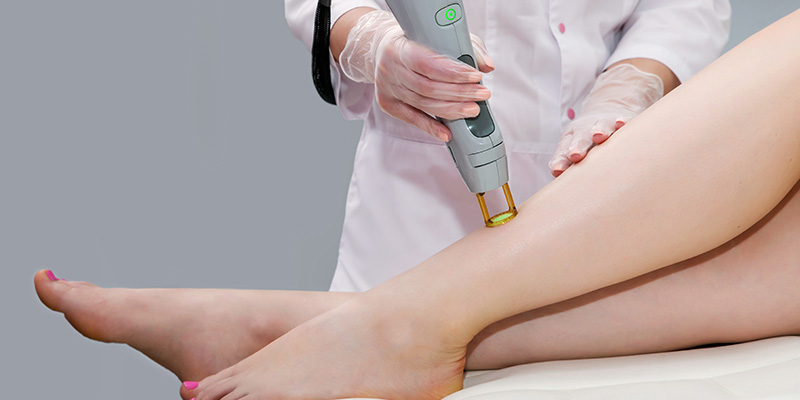The human body requires an adequate amount of oxygen to function properly. In case of injuries, you will need an increased supply of oxygen to heal. One of the medical practices for inducing more oxygen into the blood is hyperbaric treatment. It creates a temporary high oxygen level in the tissue and this continues even after therapy. So, what exactly does it treat, and what are the possible risks?
Different health practitioners use hyperbaric treatment in different circumstances. Your doctor can recommend it for one of these health issues:
• Sudden loss of hearing
• Carbon monoxide poisoning
• Gangrene
• Severe anemia
• Sudden loss of eyesight
• Chronic wound
• Decompression sickness
• Burns
• Radiation injury
• Brain abscess
• Skin infection or injured bone leading to the death of surrounding tissue
• Traumatic brain injury
• Arterial gas embolism
• Crush injury
What Happens During Hyperbaric Treatment
The patient breathes in pure oxygen from a pressurized chamber. The airflow is increased two or three times the normal pressure. Thus, the lungs can garner more oxygen than usual. With an increased level of oxygen in the blood, it is easier for cells to fight infections and stimulate growth and healing.
What are the Side Effects of Hyperbaric Treatment?
It is possible to experience these symptoms during the session and 1 to 36 hours after.
• Lightheadedness
• Loss of appetite
• Headache
• Behavioral issues
• Flu-like signs
• Fatigue
• Stomachache
• Diarrhea
• Constipation
Short breaks are encouraged to avoid oxygen poisoning, whereby the patient gets a chance to breathe normally. That is why a health professional takes into account your overall wellness before administering pressurized oxygen to prevent complications. The increased air pressure creates a feeling of fullness in the ears and it is normal to experience painful sinuses, like what happens during a flight. Yawning and swallowing can relieve the discomfort. These are natural effects but more severe and life-threatening issues can develop. Examples are:
• A drop in blood sugar in diabetic patients (Hypoglycemia): If you have diabetes, eat before treatment and empty the bladder
• Change on eye shape and vision for 6 weeks following the treatment: This doesn’t mean you change the prescription glasses or contact lenses. Hyperbaric treatment seems to worsen nearsightedness but improves farsightedness. But the eye lens returns to normal 6-8 weeks later.
• Cataract maturation: Pressurized oxygen can make existing cataracts mature faster
• Barotrauma of the ear: Due to too much pressure in the middle ear, the eardrum bends in and might rapture to cause deafness
• Bleeding into sinuses: Sinuses are filled with air and an imbalance in air pressure causes severe pain and possible bleeding.
• Toothache: If you had recent dental treatment, the air-filled cavities in the teeth may lose balance in air pressure, leading to pain or teeth cracking
• Pulmonary barotrauma: Lungs getting damaged due to rapid change in air pressure. If the air leaks into the chest, it results in pneumothorax or dropped lung. The complication is common in asthmatic patients
• Seizures: Oxygen toxicity is lethal to the central nervous system. It is more likely in patients with low blood sugar and seizure disorders. Removing the supplemental oxygen should stop the seizure immediately.
Hyperbaric oxygen therapy lasts about two hours for most medical conditions. If you are about to undergo this treatment, use the restroom before you see your therapist. A dedicated health care team should monitor your condition throughout the process. Should you experience any side effects of hyperbaric treatment, don’t hesitate to let your physician know so they can see the way forward.
More info can be found at https://www.hyperbariccentersoftexas.com.




